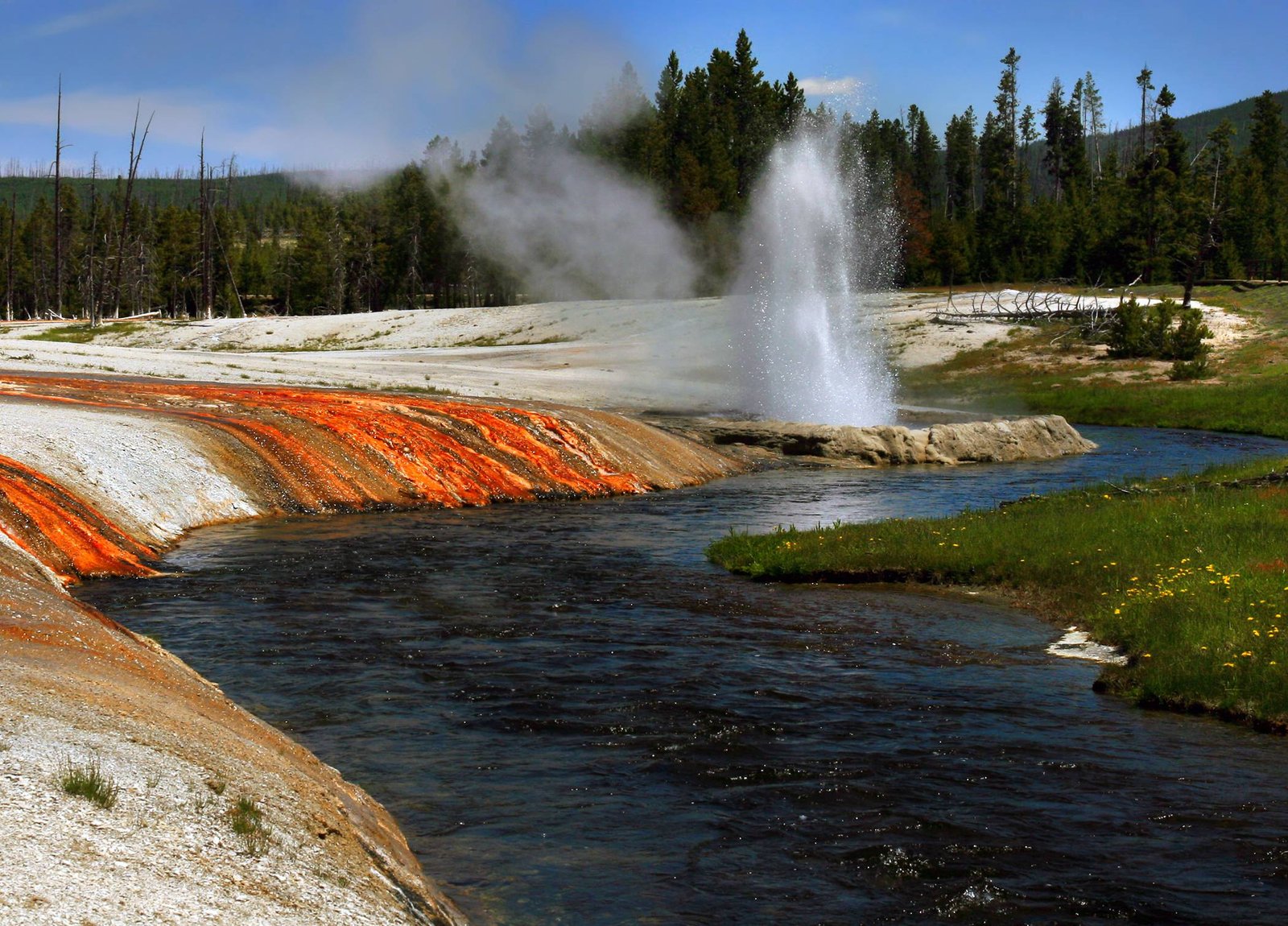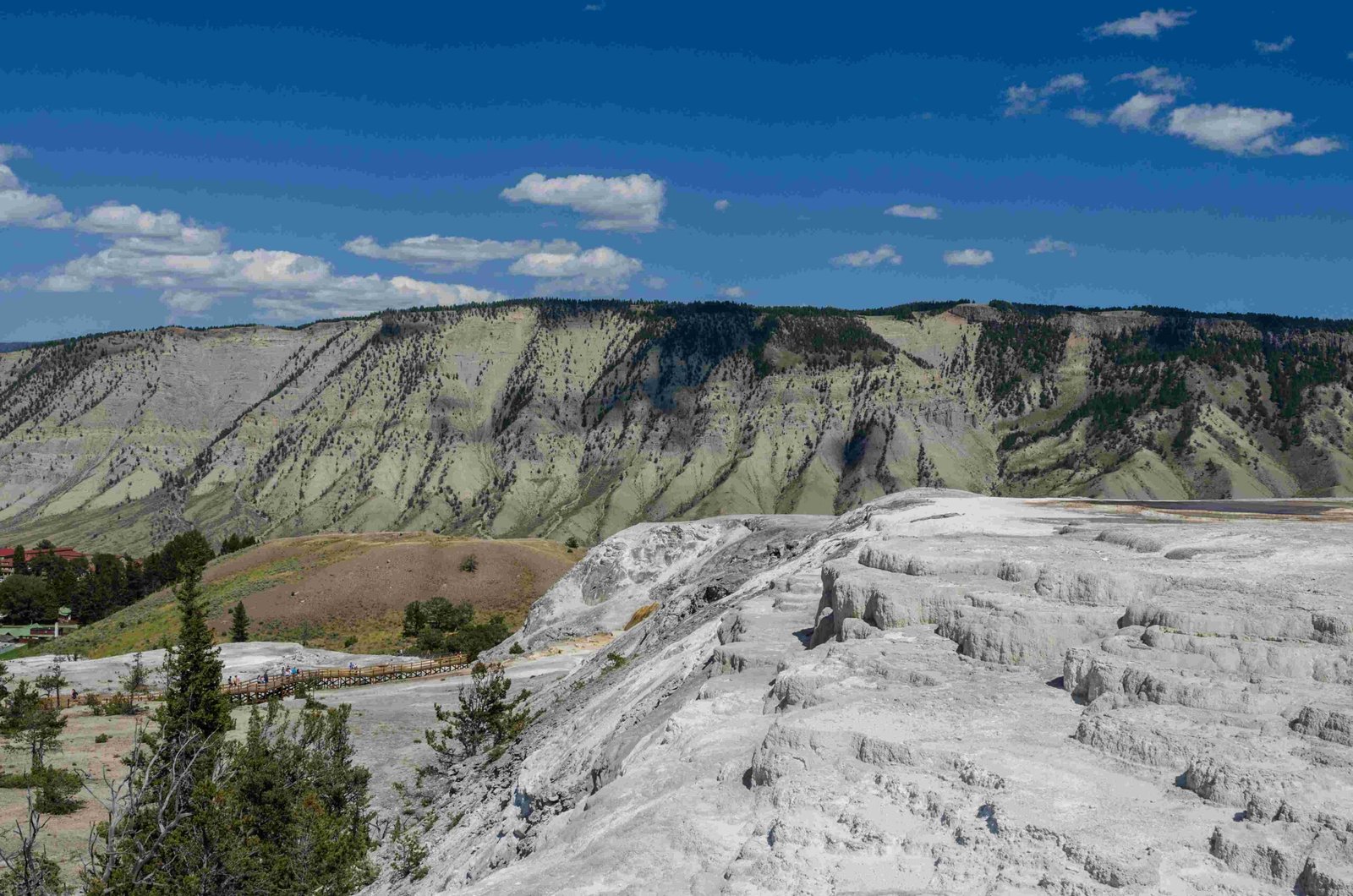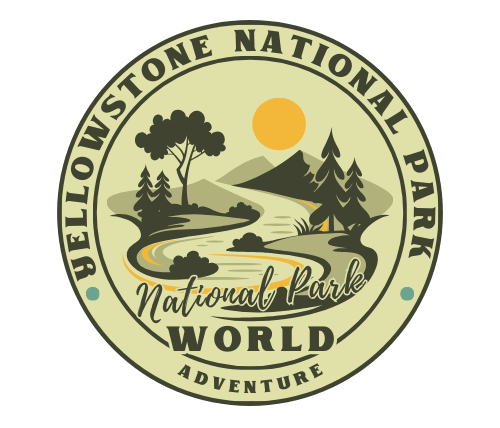The Yellowstone National Park wolf cam offers a unique opportunity to observe these magnificent creatures in their natural habitat. While not directly operated by the park, the Grizzly and Wolf Discovery Center in West Yellowstone, Montana, provides a live streaming wolf cam. This allows wildlife enthusiasts to witness wolf behavior, pack dynamics, and the daily lives of these apex predators without disturbing their environment.
What is the Current Status of the Yellowstone National Park Wolf Cam?

The Yellowstone National Park wolf cam is actually operated by the Grizzly and Wolf Discovery Center in West Yellowstone, Montana. This live streaming camera provides viewers with a window into the world of wolves, offering real-time footage of their activities and behaviors.
Key features of the wolf cam include:
- Location: Grizzly and Wolf Discovery Center, West Yellowstone, Montana
- Availability: 24/7 live streaming
- Viewing Area: Several acres of wolf habitat
- Wolf Activity: Periodic sightings throughout the day
It’s important to note that while the cam is always streaming, wolf sightings may be intermittent as the animals have a large area to roam within their enclosure.
When is the Best Time to Watch the Yellowstone Wolf Cam?

While the wolf cam streams continuously, there are certain times when you’re more likely to catch glimpses of wolf activity:
- Daylight Hours: Wolves are generally more active during the day, making this the best time to tune in.
- Feeding Times: If the Discovery Center has scheduled feeding times, these can be prime viewing opportunities.
- Early Morning: Wolves are often active at dawn, making early morning a good time to watch.
- Evening: Dusk can also be a time of increased wolf activity.
Remember that wolf behavior is unpredictable, and there’s no guarantee of sightings at any specific time. Patience and frequent checking of the cam will increase your chances of seeing these magnificent animals.
What Recent Updates are Available on Yellowstone Wolf Packs?
According to the 2023 Yellowstone Wolf Project Annual Report, there have been several noteworthy developments in the park’s wolf population:
| Statistic | Value |
|---|---|
| Total Wolf Population | 124 |
| Number of Packs | 11 |
| Average Pack Size | 10.8 members |
| Range of Pack Sizes | 2 to 25 members |
| Pups Born | 58 |
| Pups Surviving to Year-End | 46 |
Notable events and observations include:
- Multiple instances of wolf mortalities due to various causes, including hunting and intraspecific conflicts
- Ongoing research and monitoring of pack dynamics, territories, and behaviors
- Continued importance of wolves in maintaining the ecological balance of Yellowstone’s ecosystem
How Can Visitors Report Wolf Sightings in Yellowstone National Park?
If you’re fortunate enough to spot a wolf while visiting Yellowstone National Park, reporting your sighting can contribute valuable data to ongoing research efforts. Here’s how you can report a wolf sighting:
- Contact Park Rangers:
- Phone: (307) 344-2017
-
Email: Use the Yellowstone National Park Contact Form
-
Provide Detailed Information:
- Location of the sighting (be as specific as possible)
- Date and time
- Number of wolves observed
- Any notable behaviors or activities
- Physical characteristics (color, size, distinguishing features)
-
Photos or videos, if available (taken from a safe distance)
-
Follow Park Guidelines:
- Maintain a safe distance from wildlife (at least 100 yards from wolves)
- Do not disturb or approach wolves
- Report any concerning behavior or injured animals to park staff immediately
By reporting your wolf sightings, you contribute to the ongoing research and conservation efforts in Yellowstone National Park, helping scientists better understand wolf populations and behaviors.
What Educational Resources are Available About Yellowstone Wolves?
For those interested in learning more about the wolves of Yellowstone, there are numerous educational resources available:
-
Yellowstone Wolf Project Annual Reports: Detailed information on wolf population dynamics, research findings, and conservation efforts.
-
Grizzly and Wolf Discovery Center: Offers educational programs, exhibits, and the live wolf cam for visitors to learn about wolves and their role in the ecosystem.
-
Yellowstone National Park Website: Provides comprehensive information on wolf biology, history in the park, and current management strategies.
-
Ranger-led Programs: When visiting the park, participate in ranger-led talks and walks focused on wolves and other wildlife.
-
Books and Documentaries: Numerous publications and films have been produced about Yellowstone’s wolves, offering in-depth looks at their reintroduction and impact on the park’s ecosystem.
-
Online Webinars and Virtual Tours: Many organizations offer virtual experiences focused on Yellowstone’s wolves, allowing people to learn from anywhere in the world.
By utilizing these resources, you can gain a deeper understanding of the complex and fascinating world of Yellowstone’s wolf packs, even when you can’t observe them directly through the wolf cam.
How Does the Yellowstone Wolf Cam Contribute to Conservation Efforts?
The Yellowstone National Park wolf cam, while not directly operated by the park, plays a significant role in wolf conservation efforts:
-
Public Engagement: By providing live footage of wolves, the cam increases public interest and support for wolf conservation.
-
Educational Tool: Educators can use the cam to teach students about wolf behavior, ecology, and conservation in real-time.
-
Research Support: While not a primary research tool, the cam can occasionally capture behaviors or events that contribute to ongoing studies.
-
Awareness Raising: The cam helps maintain public awareness of wolves and their importance in the Yellowstone ecosystem.
-
Fundraising Aid: Increased interest generated by the cam can lead to more donations for wolf research and conservation programs.
-
Reduced Disturbance: By allowing people to observe wolves remotely, the cam helps minimize human disturbance in the wolves’ natural habitat.
The wolf cam serves as a valuable bridge between the public and these elusive predators, fostering a connection that can lead to greater support for wolf conservation efforts both in Yellowstone and beyond.
What Challenges Do Yellowstone’s Wolf Packs Face?
Despite the success of wolf reintroduction in Yellowstone, the park’s wolf packs continue to face several challenges:
-
Human-Wildlife Conflict: Wolves that leave the park boundaries may come into conflict with livestock, leading to lethal management actions.
-
Habitat Fragmentation: As human development encroaches on wolf territories, it becomes more difficult for wolves to maintain their ranges and find suitable habitats.
-
Disease: Canine distemper and other diseases can significantly impact wolf populations.
-
Climate Change: Alterations in prey availability and habitat due to climate change could affect wolf populations in the long term.
-
Genetic Diversity: With a limited founding population, maintaining genetic diversity in Yellowstone’s wolf packs is an ongoing concern.
-
Public Perception: Negative attitudes towards wolves in some communities can lead to political pressure against wolf conservation efforts.
-
Intraspecific Conflict: Competition between wolf packs for territory and resources can lead to wolf-on-wolf mortality.
Understanding these challenges is crucial for developing effective conservation strategies and ensuring the long-term survival of Yellowstone’s wolf packs.
By providing a window into the lives of these remarkable animals, the Yellowstone National Park wolf cam helps to build public support for addressing these challenges and protecting wolves for future generations.
References:
1. Yellowstone Wolf Project Annual Report
2. WOLF CAM — GWDC
3. Gray Wolf – Yellowstone National Park
